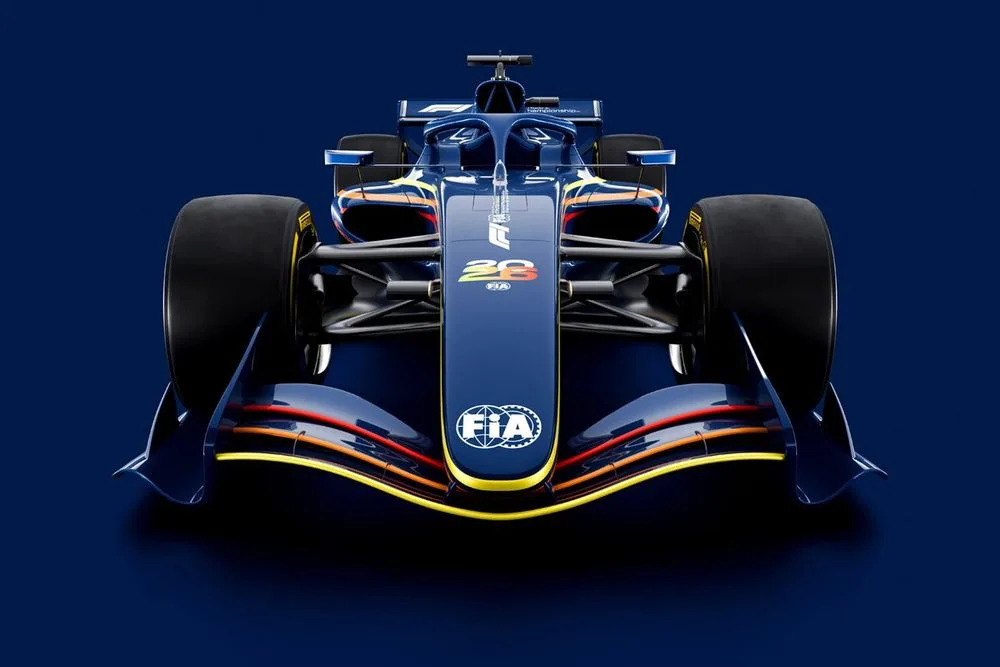Formula 1’s planned 2026 cars are now about two seconds per lap faster as the result of regulation changes made by teams and the FIA.
Outline plans for the next generation of F1 cars were revealed ahead of the Canadian Grand Prix but, following concerns expressed about their likely performance level, work began on making potential tweaks.
PLUS: The turmoil of F1’s 2026 rules shift
Those efforts have now reached a conclusion, with the FIA’s head of single-seater matters Nikolas Tombazis saying the new version of the regulations should lift the cars to be around one second per lap slower than the current challengers.
“There has been an increase of performance of the car by probably about 50 points of downforce,” he said.
“This has brought the performance from what maybe was minus 40% compared to current cars, to around minus 15% in terms of downforce.
“In terms of performance, the resulting lap time of the cars is very close to current cars. All that has been done as was promised in June.”
Asked what the speed of the cars would have been if no modifications had been made to the regulations that were first published ahead of Canada, Tombazis said: “If we had made no change after June, I guess it would have been probably approximately another two seconds slower.”
F1 2026 FIA car renders
Photo by: FIA
What has changed
Outlining where the focus of the regulatory changes had been for 2026 to add downforce and boost lap time, Tombazis explained they involved several key areas of the car.
“The main changes on the aerodynamics have been increasing a bit the box in which the front wing lies,” he said.
“We’ve also added the front wing fence and the style that used to be in previous cars.
“We’ve added some space for devices in front of the front floor, like the sideboard and the leading edge of the sideboard.
“We’ve increased the size of the diffuser, which starts a bit further forward and is a bit bigger.
“We’ve redesigned some of the bodywork around the front wheels, and there’s still some work ongoing that may hopefully lead to some final tweaks in the next World Council of the rear bodywork, and how that interacts with the diffuser in that area.”
The 2026 changes in more detail
The changes made in the latest draft of the regulations include several alterations to the front wing, with a larger allowable box region for the front wing elements, and a thicker endplate.
Meanwhile, there’s the…
Click Here to Read the Full Original Article at Autosport.com – Formula 1 – Stories…

